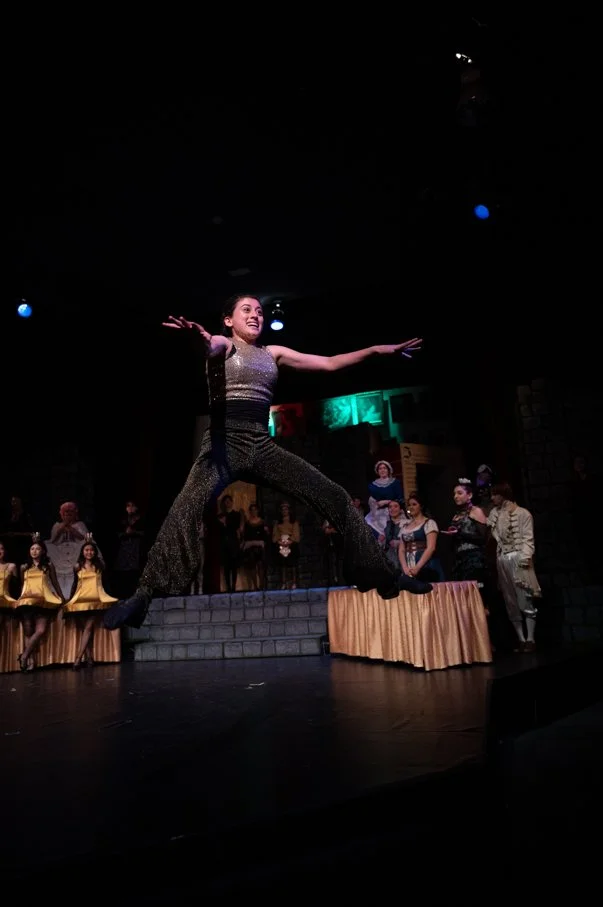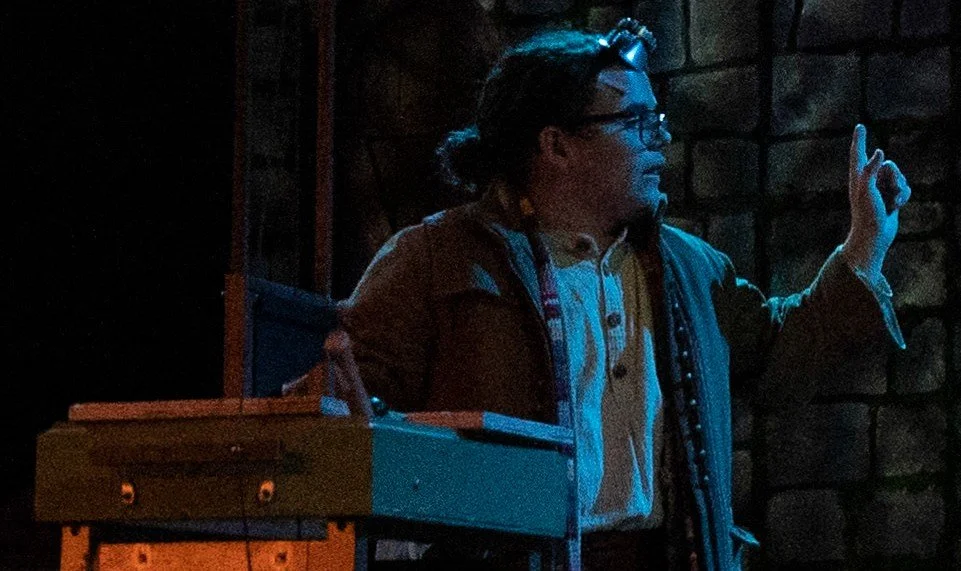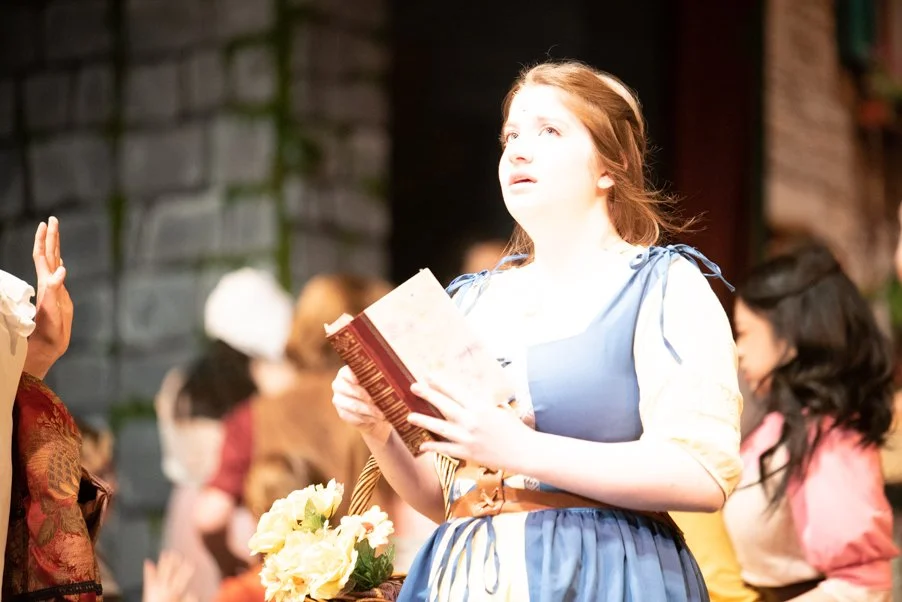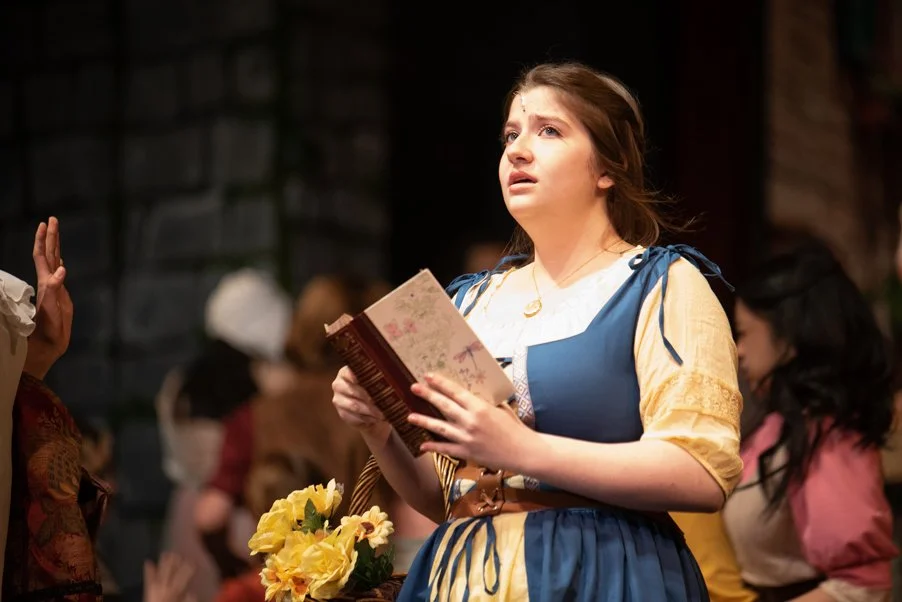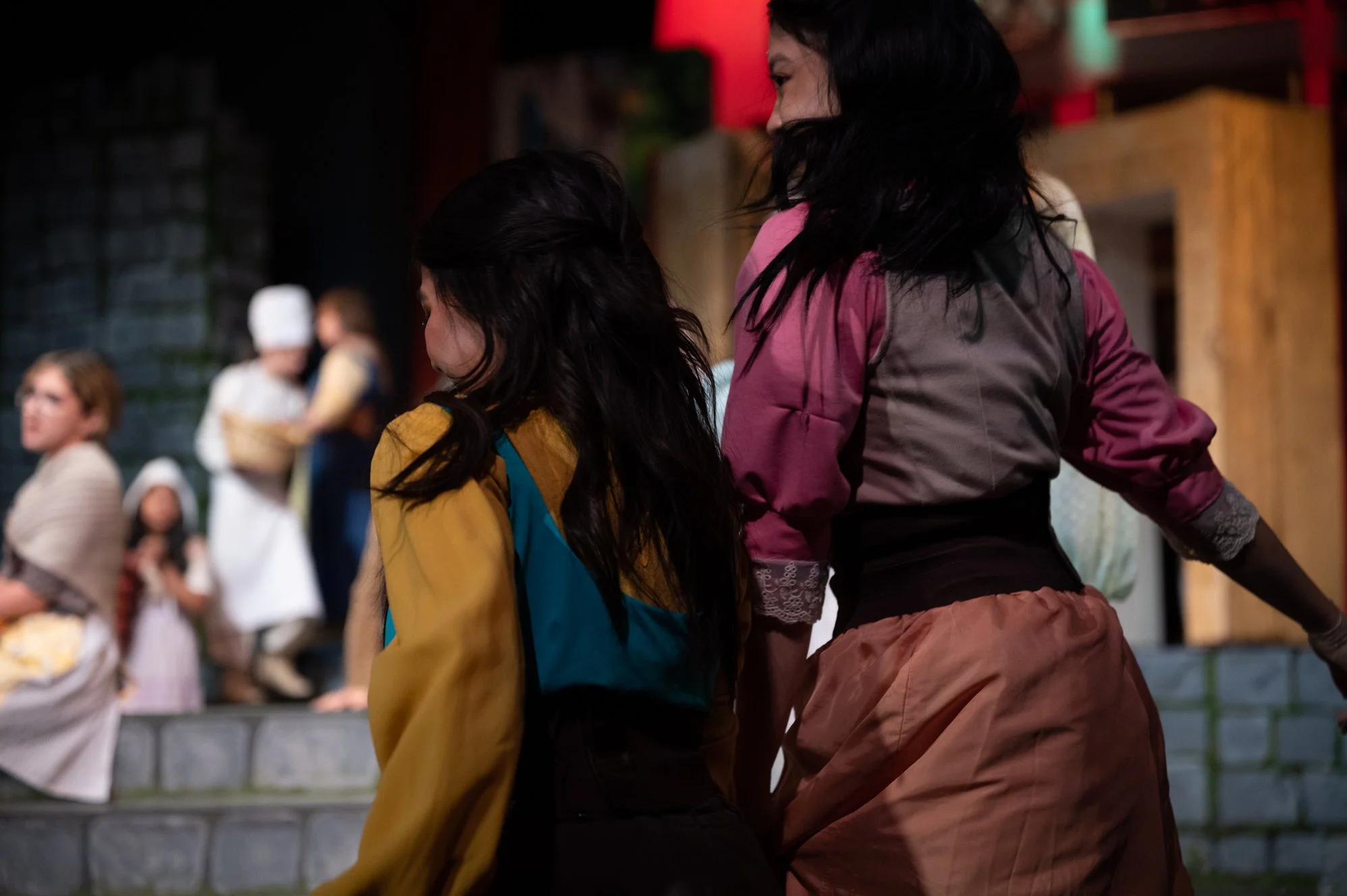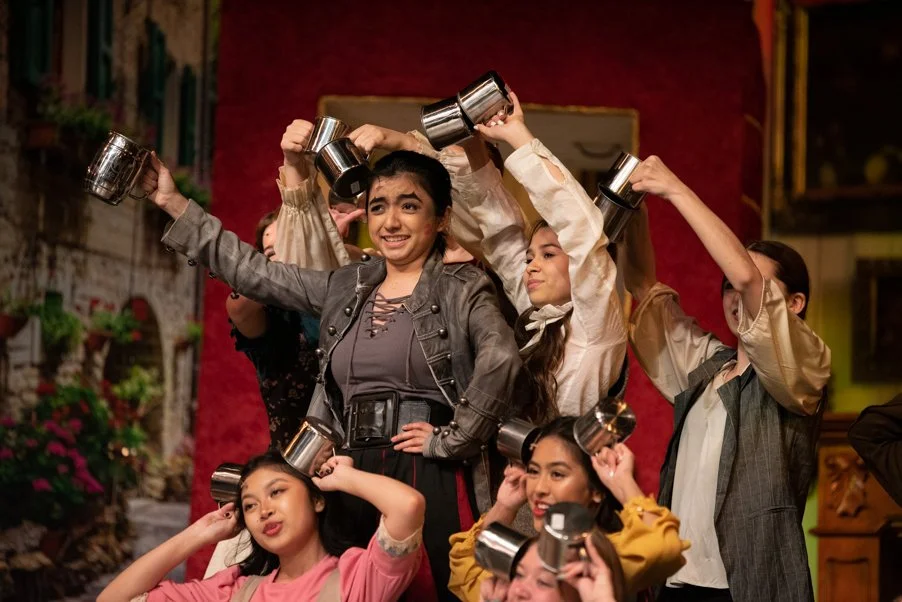Happy April Fool’s Day, friends. Not quite a April Fool’s type post, but I may as well take advantage of the levity of the day to make for a more light-hearted post at my own expense.
For every one good photo you take, there are ten photos that won’t make the cut. The numbers may vary per photographer and will definitely change depending on your subject, but it definitely rings true for me. I’m honored and humbled by the kind comments that people leave regarding my photography, and those comments always motivate me to continue to improve and hold myself to the standard that I set for myself. However, the reality of the fact is that not every photo I take will be a hit. I’ve shot events where I don’t fall in love with any of the photos I took. For this week’s post, I’d like to showcase some of these "less optimal” shots, as well as the elements that lead to photos being less than ideal.
Positioning
Providence High’s thrust—surrounded on three sides by the audience.
Providence High has what is known as a “thrust” stage. On a thrust, instead of the audience sitting directly in front of a stage, known as a “proscenium,” the stage “thrusts” forward, where the audience surrounds the stage on three sides. It makes for a more intimate type of performance and a unique style of blocking and choreographing. For photos, however, it can lead to a lot of moments where the blocking can prevent photos from being ideal.
An example of a photo where the positioning made for an unusable shot.
For thrusts and “theaters in the round,” or stages where the audience completely surrounds the stage, actors must work in diagonals. The concept of this is instead of standing directly on a front-facing angle, you must position yourself in a way where at least two-thirds of the audience can still see your face. With diagonals, corners are very heavily utilized, meaning that depending on your positioning, you may be in a position where the actors are blocking your shot. Of course, this is at no fault of the actor—from the audience’s perspective, they will be in the best position that they can be. For the photographer, it means that you need to find a better position to shoot from where the corners won’t be an issue.
Often times, when you’re in the heat of the moment taking shots, there isn’t much you can do about it. If you can change your shooting position to a better one without losing out on the shots you need, re-positioning is the best move you can make. If you are able to attend a dress rehearsal/sound check or if the event that you are photographing for has multiple showings, take advantage of the opportunity to learn where to best position yourself during those crucial moments. This will prevent you from the majority of your positioning issues.
Timing
This actor was in the middle of a good moment, but this photo caught him mid-blink.
The bane of many photographers, especially those shooting for live events. Timing is crucial when it comes to taking photos. You want to capture your subject at their best, but more often than not you may take a photo of your subject mid-blink, mid-syllable, or mid-action that ruins the shot. Again, this is not to the fault of the performer at all; no one can control every blink and syllable to fit the shot perfectly. This is an unfortunate circumstance that every photographer has to deal with, no matter how skilled or honed the photographer is.
This especially hurts with big dance numbers with flashy moves. During “Be Our Guest,” I captured this photo, one of my favorite photos from the entire run:
One of my favorite photos from the show. // Nikon Z6, ISO 5600, f/2.8, 1/1000s.
I was lucky with the timing on this one, though I do have to thank my camera’s continuous shutter. Had my shot been off-timing, it would have looked a lot more like the shot I took right before:
The same moment, just a hair of a second off of the winning shot.
Timing comes down to two things: Having a good feel of your camera and how fast it can capture a moment, and just a little bit of luck, constantly praying and hoping that you gauged the timing correctly. If your timing ends up a little off, that’s okay! Keep practicing at it, get to know your camera, and look forward to tomorrow’s shot.
Settings
What’s your shutter speed? How high is your ISO? How wide is your aperture? It’s okay if these terms don’t make sense to you, but to a photographer, knowing these settings and where the shooter currently has their settings in the moment makes up for at least half their success. Many novice photographers will rely on their auto or program settings for all of their shots, meaning the camera sets its own parameters based on the lighting of a scene. These settings can certainly allow for many great shots, but it’s also the equivalent of playing basketball with one hand behind your back—even if you can still play, you’re holding yourself back from your highest potential.
Even the most experienced photographers can still occasionally struggle with adjusting their settings manually, especially if the event ebbs and flows between high lighting and low lighting, stillness and fast movement, or any combination of the two.
While all three settings are equally important in influencing your shot, I prioritize two in particular, especially in the context of theater: shutter speed and ISO.
Shutter speed refers to how quickly your camera’s shutter moves—the higher the shutter speed, the sharper a high-movement image will be at the cost of the overall exposure. The above photo of the performer doing a toe-touch was taken at 1/1000, allowing for me to truly freeze that moment in time. Compare that to this photo, taken at 1/400:
While the shot isn’t necessarily bad, if you look at the fringes on the performer’s sleeves, you will see that the action isn’t perfectly “frozen,” leading to some blur on those fringes.
The next setting is ISO, which determines your camera’s light sensitivity. Lower ISO means that your shot will not let in too much light, which is helpful in bright sunlight or in high-lighting scenes. Higher ISO allows for more light, but in exchange will introduce “graininess,” reducing the photo’s overall quality.
A close-up of a photo at 128000 ISO.
This photo is not necessarily bad either, but you’ll see that there is a graininess to the photo. While many photographers will employ an intentional grain per their personal editing style, unintentional graininess leads to what may be a less than desirable photo.
Settings will always be difficult to get exactly where you want, especially when you’re shooting for a live event. After a while, you’ll eventually develop the ability to swap your settings on the fly, though it can still be fairly easy to overshoot or undershoot your settings, such as the photo below, where I overshot my settings and it came out overexposed.
If your photos end up under- or over-exposed, it doesn’t mean that the photo is completely unusable. Photo editing will allow you to adjust your exposure, turning this shot from an over-exposed near-unusable shot to one that works a little better, albeit still slightly over-exposed where the light was the harshest.
An example of an overexposed shot.
The same photo, edited to reduce the exposure.
Luck
The final aspect and the one least under our own control. Sometimes you just have to be lucky with your shot. No matter how well you know your camera, how on point your settings are, how well positioned you are, sometimes something will happen that just prevents you from taking the photo you want. It could be a moment where a performer’s blocking diverts ever so slightly from what you’re expecting, a lapse in timing either on your end or on your subject’s, or any other number of factors that could influence your shot from outside your locus of control.
A shot where the performers walked in front of my shot where I didn’t expect people to show up from.
Luck is a fickle being. Often times luck will work against you. But at the same time, luck can often work in your favor, like the below shot.
The shot I intended to take.
The shot I originally got.
During “Gaston,” I wanted to get a shot of Gaston with the mug antlers. Then, completely outside of my line of sight, Lefou walks in front of my shot and photo-bombs the moment. While this is certainly a moment of luck getting in the way of the photo, it also made for a wonderful shot in itself.
Conclusion
Photographers aren’t infallible, even your most favorite ones. For every shot you love, there are dozens that don’t make the cut. Hours can be spent looking at photos, discarding the ones that don’t work and deliberating on the ones that just barely make the cut, often times ever so slightly marred by poor positioning, off timing, wrong settings, or luck just playing for a different team in the moment.
But this is very much a common occurrence for every photographer. Mistakes always happen, but it’s those very mistakes that allow for you to move forward and get the next shot that’ll live on your portfolio or family album forever. Thank you for reading.






